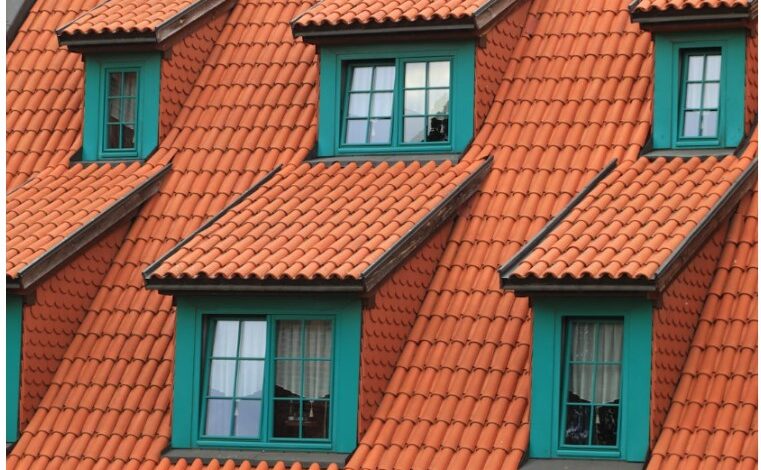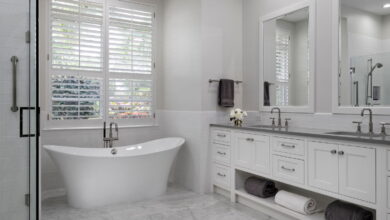The Pros and Cons of Different Types of Roofs

Whether it’s a commercial property or a residential one, it enjoys some perks because of the type of roof it has and also deals with some cons. If you are about to get a roof inspection or get new roofing installed, you should be aware of the pros and cons of different roofing materials to make the best decisions.
1. Tile roofs
Tiles can be made of clay, concrete, metal, composite, or slate. They even make solar tiles that produce electricity for your house. Tiles can last several decades and keep moisture out effectively. However, they aren’t for all roof slopes, and installing them is a costly process.
Each tile must be installed according to a specific pattern, and they must be checked to ensure they don’t let water through. If you are thinking about installing a new tile roof, you can only trust the most experienced contractors with your residential or commercial roof replacement.
2. Shingle roofs
Shingles are the less pretty and more functional cousins of tiles. They are simpler shaped and made of materials like asphalt or metal. They are simpler to install and cheaper, making them a common second choice for people who were previously interested in tiles.
Shingles are easy to replace as well. However, their lifespan is short. You can get anywhere from twelve to thirty years out of them. Ensure you hire reliable contractors for your installation and maintenance to get the most lifespan out of your shingle roof.
3. Natural stone roofs
Natural stone or slate roofs are one of the oldest roofing materials known to man. When it comes to durability, they are by far the best option. They are also a prestigious choice that increases the value of your home. However, they are tricky to install and very expensive. If you can afford it, they can protect your home for a century.
4. Modified membrane roofs
Aside from traditional types of roofing, we now see newer materials on the market providing modern solutions to an age-old problem. Modified bitumen roofs or membrane roofs are another such product. Made with asphalt and rubber or plastic, they provide a sturdy waterproof roofing material.
The only cons are that this material absorbs heat and doesn’t last longer than two decades. However, it is a cheap solution that fixes the problem.
5. Single ply roofs
Single ply is a broad term for many types of membrane roofing materials that are joined together at seams over a low slope roof. They are a great, cost-effective solution for both commercial and residential roofing. It is made of some or other type of polymer like PVC, FPO, or VET.
Unlike brick tile or slate roofing, they are not completely recyclable and create a carbon footprint. However, they provide a stable, waterproof coating for your roof.
6. TPO/EPDM roofs
Polymers like TPO and EPDM are technically single-ply solutions. They are both rolled rubber roofing. TPO has hot air-wieldable seals for extra durability and is cheaper than EPDM. EPDM includes carbon black for stability and is welded using special tape.





